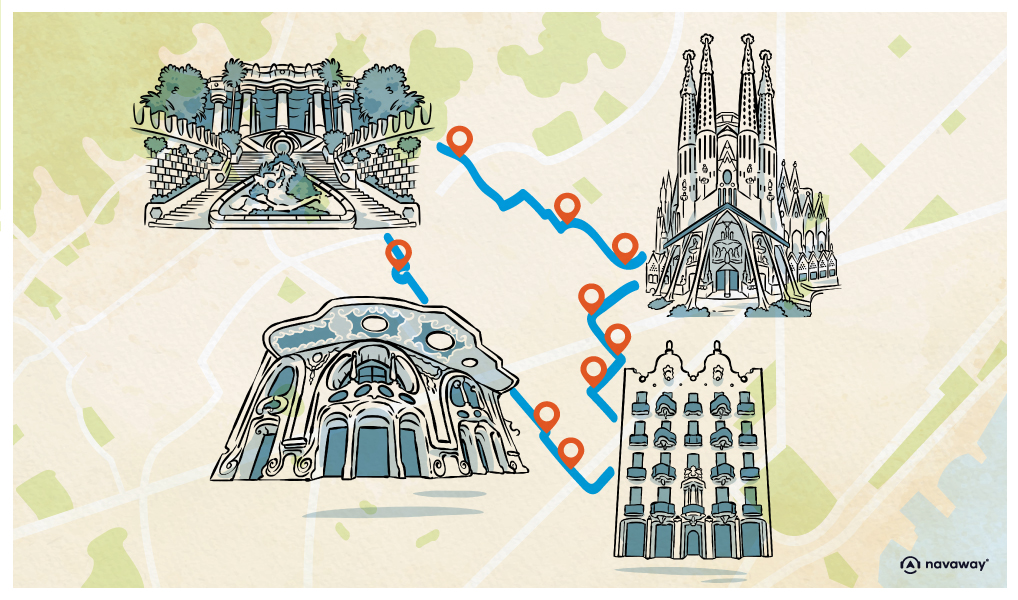
The Greek Theatre
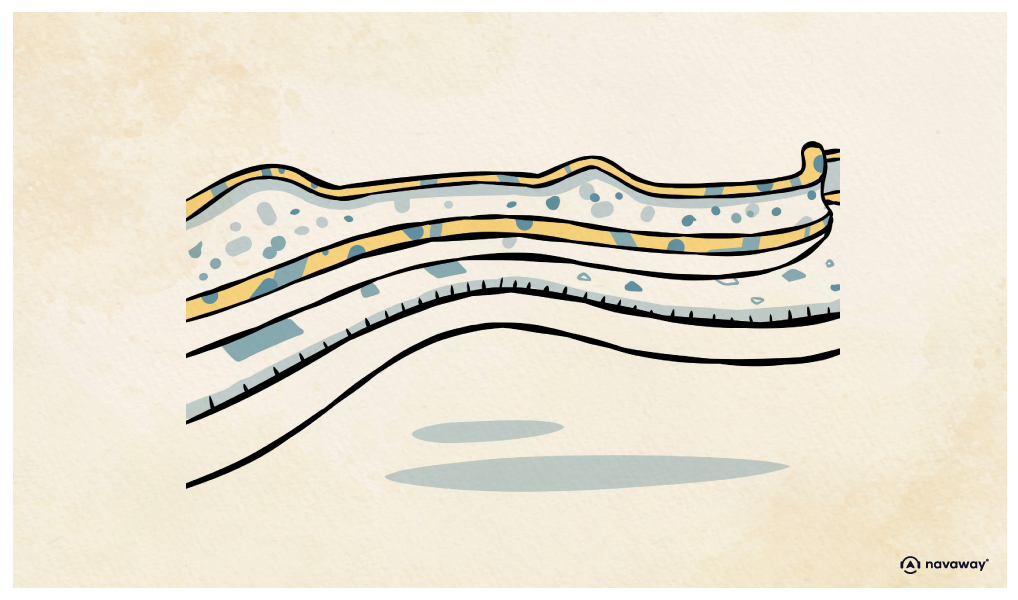
This point of interest is available as audio on the tour: Visit Barcelone, Through Gaudí’s eyes
Here’s the cherry on top: the Greek Theatre, named this way as it was to welcome open-air performances. Gaudí had taken inspiration from the agoras of Ancient Greece — the beating heart of social, political and cultural life in the city. Today, it’s known as the Nature Square (Plaça de la Natura). Even though it blends beautifully with the hillside, it’s entirely man-made! It was partly carved into the rock, while the rest sits on top of the Hypostyle Hall, supported by its forest of tilted columns. Backed by the mountain, framed with palm trees and a grand retaining wall, it gives the impression of an amphitheatre carved into nature. What really brings it to life, though, is the iconic undulating bench that borders the entire square. Designed by Josep Maria Jujol, it was created using Gaudí’s signature technique — trencadís — a mosaic style made from broken bits of ceramic tiles. A masterpiece displaying neat yet chaotic drawings. The result? A riot of colour and texture. If you take a closer look, you’ll spot abstract patterns that echo Dadaist or Surrealist collages, alongside figurative details of zodiac signs, stars, flowers, fish and crabs. You may have also noticed phrases in Latin and Catalan, paying tribute to the Virgin Mary, as well as crosses and the letter J, Jujol’s discreet signature. Along the outer edge of the terrace, you’ll notice a row of gargoyle-like lion heads, draining rainwater from the platform. Between them, small droplet-shaped ornaments decorate the ledge — a subtle reminder that attention to detail is important here, in addition to the spectacular view. Now, if you’re up for a short climb, make your way toward the summit of the park, where you’ll find Calvary Hill — the very spot where Gaudí originally planned to build a chapel. Instead, he created a stone mound crowned with three crosses. They don’t just mark the hilltop — they’re carefully aligned with the four cardinal points, forming a compass made of stone. This megalithic monument is actually inspired by the talayots of the Balearic Islands — prehistoric watchtowers built by simply stacking stones, with no mortar or cement. The original structure was destroyed during the Spanish Civil War, then rebuilt in 1939, and finally restored in 1995. And if you’ve still got a bit of energy left, the gardens all around are well worth a stroll — a peaceful end to this incredible architectural journey.

Discover other tours to visit Barcelone

Discover Barcelone with app
An interactive guide through the most beautiful streets, squares, and districts
22 fun audioguides full of historical facts, anecdotes, and legends
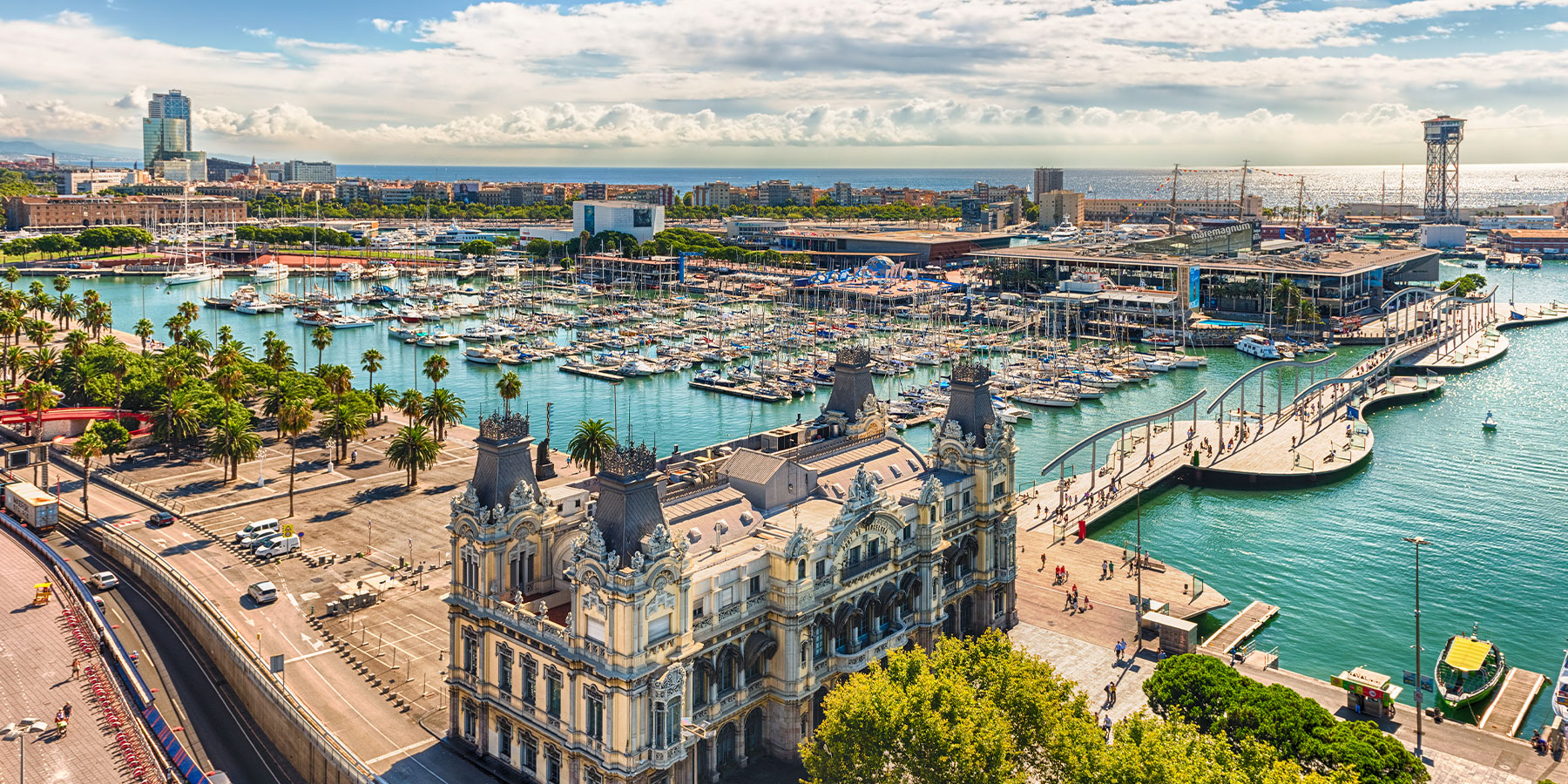
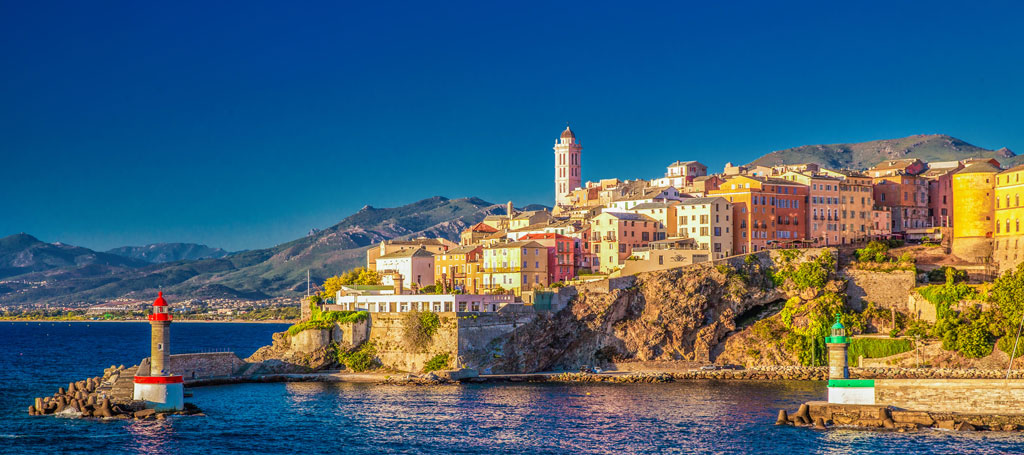
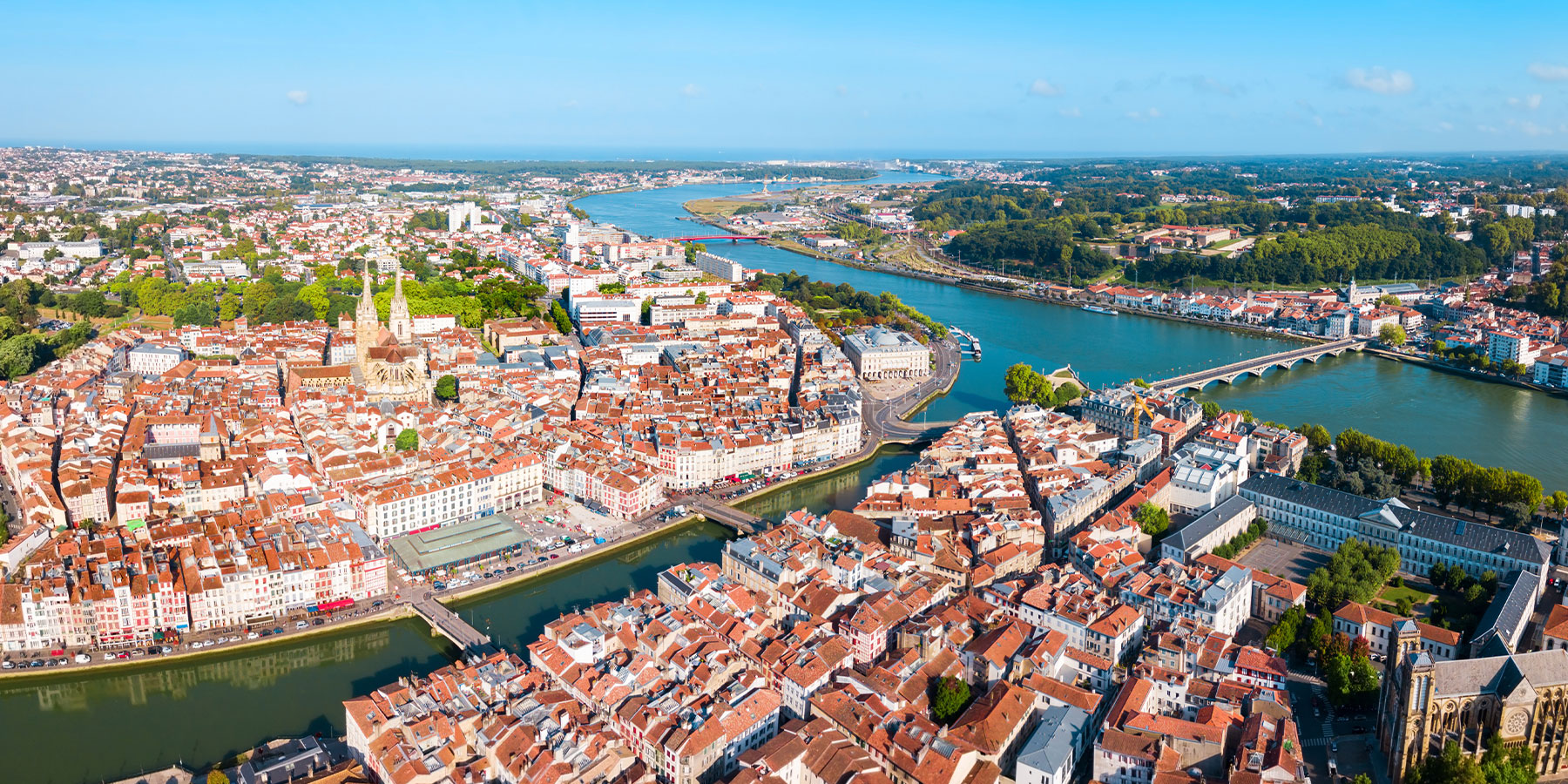



Comments